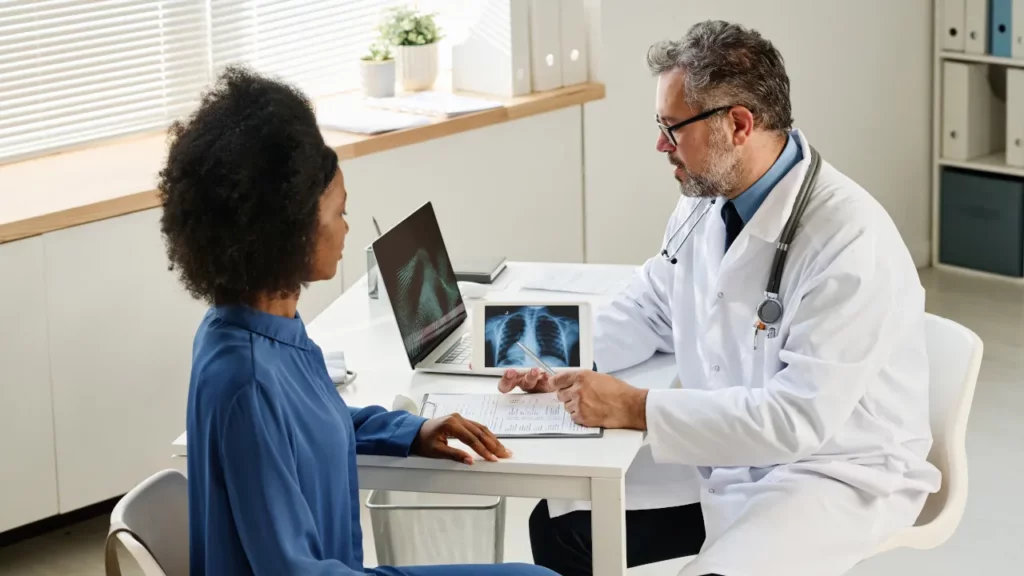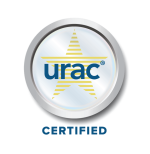Disclaimer: The information provided in this article is for educational and informational purposes only. It is not intended as medical advice or a substitute for professional healthcare consultation.
In today’s rapidly evolving healthcare landscape, the integration of Remote Patient Monitoring (RPM) has emerged as a pivotal strategy in the effective management of chronic diseases. As healthcare providers and policymakers strive to enhance patient outcomes and optimize healthcare delivery, RPM offers a promising solution by enabling continuous monitoring, early intervention, and personalized care for individuals with chronic conditions.
Understanding Remote Patient Monitoring
Remote Patient Monitoring entails the use of digital technologies to collect health data from patients in real-time, outside of traditional healthcare settings. This includes wearable devices, mobile apps, and telehealth platforms that enable patients to track vital signs, symptoms, medication adherence, and other relevant metrics from the comfort of their homes.
Addressing the Needs of Chronic Disease Management
Chronic diseases, such as diabetes, hypertension, heart disease, and respiratory disorders, pose significant challenges for both patients and healthcare providers. These conditions often require ongoing management, lifestyle modifications, and timely interventions to prevent complications and improve quality of life. By integrating RPM into chronic disease management, healthcare teams can overcome many of these challenges and deliver more proactive, patient-centered care.
Enhancing Patient Engagement and Empowerment
One of the key benefits of RPM is its ability to engage patients in their own care journey. Through remote monitoring devices and user-friendly applications, patients gain greater visibility into their health status, allowing them to make informed decisions and take proactive steps to manage their conditions. This sense of empowerment can lead to improved treatment adherence, better self-management behaviors, and ultimately, enhanced health outcomes.
Facilitating Timely Intervention and Preventive Care
In the realm of chronic disease management, timely intervention and preventive care play pivotal roles in improving patient outcomes. Through Remote Patient Monitoring (RPM), healthcare providers can proactively monitor patients’ health status, enabling early detection of potential issues and prompt intervention to prevent adverse events.
- Early detection: RPM enables early identification of deteriorating health by remotely monitoring vital signs and health indicators in real-time.
- Predictive analytics: Leveraging predictive analytics, RPM allows for the detection of potential issues or trends before they escalate, facilitating timely intervention.
- Algorithm-based alerts: Care teams receive algorithm-based alerts, prompting them to adjust treatment plans or provide targeted interventions to prevent adverse events and complications.
Personalizing Care Plans and Treatment Strategies
Effective management of chronic conditions requires a personalized approach to care. Remote Patient Monitoring (RPM) empowers healthcare providers to tailor care plans and treatment strategies to meet the unique needs and preferences of each patient, thereby optimizing treatment outcomes and enhancing overall quality of care.
- Individualized approach: Recognizing that each patient with a chronic condition is unique, RPM offers a platform for personalizing care plans and treatment strategies.
- Patient data utilization: Healthcare providers leverage RPM data to tailor interventions, medication regimens, and lifestyle recommendations based on individual patient data and real-time insights.
- Optimized care delivery: By personalizing care plans, healthcare providers optimize the effectiveness of care delivery, leading to improved patient outcomes.
Overcoming Barriers to Adoption and Implementation
While the potential benefits of RPM in chronic disease management are substantial, widespread adoption and successful implementation require overcoming various challenges and barriers. These may include:
- Technological barriers: Ensuring interoperability, data security, and usability of RPM platforms.
- Reimbursement policies: Addressing reimbursement gaps and ensuring adequate financial incentives for healthcare providers.
- Workflow integration: Incorporating RPM into existing care workflows and ensuring seamless coordination among healthcare team members.
- Patient education and engagement: Educating patients about the benefits of RPM and promoting active participation in remote monitoring activities.
By addressing these challenges through strategic initiatives and collaborative efforts, healthcare stakeholders can unlock the full potential of RPM in chronic disease management, leading to improved patient outcomes and healthcare delivery efficiencies.
Scaling RPM Solutions for Global Health Challenges
DrKumo’s RPM technology is designed to be scalable and adaptable, addressing the worldwide increase in chronic diseases. The solution aims to make quality healthcare accessible across various regions, leveraging technology to overcome barriers. Key aspects of scaling RPM solutions include:
- Customizable to local needs: Adapting RPM systems to fit the specific healthcare requirements and resources of different regions, whether in urban or rural settings.
- Bridging the healthcare gap: Providing remote monitoring capabilities to areas with limited access to medical facilities, thus extending the reach of chronic disease management.
- Cost-effective deployment: Offering scalable and cost-effective RPM solutions that can be implemented without significant infrastructure overhauls, making it feasible for developing countries.
- Supporting healthcare workforce: Training local healthcare providers on RPM technology use, ensuring sustainable operation and maintenance of the systems.
DrKumo’s RPM Solution: Revolutionizing Chronic Disease Management
DrKumo’s state-of-the-art Remote Patient Monitoring (RPM) solution is transforming the landscape of chronic disease management. By integrating cutting-edge technology with user-friendly interfaces, DrKumo enables continuous, real-time health monitoring, which is essential for managing chronic conditions effectively.
Their RPM system facilitates seamless data collection and analysis, providing healthcare professionals with accurate and timely insights into patient health. This integration supports proactive management of chronic diseases, enhances patient engagement, and leads to improved health outcomes while reducing overall healthcare costs.
DrKumo’s RPM solution exemplifies the potential of digital health technology to revolutionize chronic disease management, making it a critical tool in the modern healthcare ecosystem.
Takeaways
The integration of Remote Patient Monitoring represents a transformative approach to chronic disease management, offering unparalleled opportunities for enhancing patient engagement, enabling timely interventions, and personalizing care delivery. By embracing RPM as a cornerstone of care, healthcare providers can empower patients, optimize resource utilization, and ultimately, improve the quality of life for individuals living with chronic conditions.
Embrace the future of healthcare today! Discover how Remote Patient Monitoring (RPM) can revolutionize the management of chronic diseases, improving patient outcomes and reducing costs. Contact us now!









